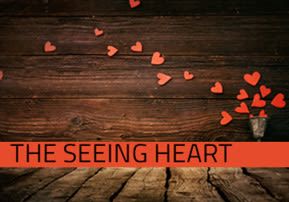
Tetzaveh: The Seeing Heart
People often interpret things the wrong way, for although their eyes can see, the heart doesn't properly comprehend what the eyes are seeing...

“…and they shall be on Aaron’s heart when he comes before Hashem…” (Exodus 28:30).
Religious law requires that there be no separation between the Breastplate of the High Priest and his heart. What’s so special about the Breastplate, or Choshen, and the Urim and Tumim that were inside of it? The Urim was the Ineffable Name written on a piece of parchment, which was folded and inserted into the Tumim, the rear-fold of the Breastplate that the High Priest wore. Urim means lights or illumination while Tumim means innocence or togetherness. Intrinsically, if the Holy Name would always be on the High Priest’s heart, then he would benefit from the absolute Divine guidance and a holy spirit that would help him make the right judgments always. But, what the Torah is also saying is that Hashem’s name should be directly on Aaron’s heart; in other words, his heart should be totally connected to Hashem. This way, he could always interpret the Urim and the Tumim accurately.
When the High Priest would ask a question to the Urim and Tumim, they would illuminate the gemstones of the Choshen, and the High Priest would receive a message composed of several Hebrew letters. He would then have to interpret the message properly to receive the intended Divine message. Not all the High Priests were on this level.
Our sages tell us that when Eviathar the High Priest died, he was replaced by Tzaddok. On the day of his  death, Eviathar asked a question and didn’t receive an answer, while Tzaddok asked a question and did receive an answer. Why? Unless the High Priest himself is a proper vessel for the holy spirit that is required to interpret Hashem’s answers, then he doesn’t receive that holy spirit.
death, Eviathar asked a question and didn’t receive an answer, while Tzaddok asked a question and did receive an answer. Why? Unless the High Priest himself is a proper vessel for the holy spirit that is required to interpret Hashem’s answers, then he doesn’t receive that holy spirit.
Here’s another example: Hanna was childless. She went to the Holy Tabernacle in Shiloh to pour her heart out to Hashem. Her prayers were so cogent and sincere that the Gemara cites her as the model of prayer. She knelt, mumbling, with tears streaming down her face. Yet, when Eli the High Priest asked the Urim and Tumim who this woman was, he received an illumination of three Hebrew letters – shin, kaph, and resh (ש.כ.ר). He interpreted them wrongly and thought that Hanna was shikor (שיכור), or drunk. The message from Above was really kasher (שכר), the she was a kosher, upright woman. Eli wrongly accused Hanna of being inebriated. She politely but sternly answered him that he doesn’t recognize a broken heart. Her chastisement in effect says, “Sir, if you can’t differentiate between a drunk and a heartbroken woman, then perhaps you should assess yourself and your effectiveness as High Priest…
Rebbe Nachman of Breslev explains that one cannot attain true wisdom of the heart without totally clinging to Hashem. The seeing heart is the heart that understands what the eyes see. People often interpret things the wrong way, for although their eyes can see, the heart doesn’t properly comprehend what the eyes are seeing.
Intrinsically, the Torah is teaching us that it’s not enough for the High Priest to wear the garb of the Cohen HaGadol, including the Choshen and the Urim and Tumim. In addition to the outer trappings, he needs a seeing heart – a large measure of empathy and understanding for every Jew in addition to a crystal clear soul that enables him to properly interpret Hashem’s messages. These qualities and abilities are the product of total humility and dedication to Hashem and to the Jewish People, with no aspirations for personal gain in any way. Such a righteous individual is the one who merits a seeing heart. May Hashem bless us with such leaders, amen!





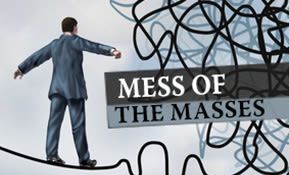
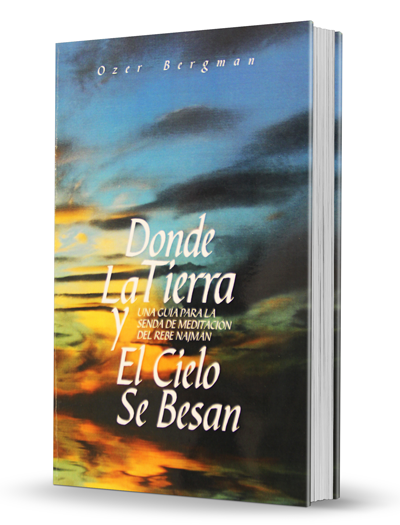
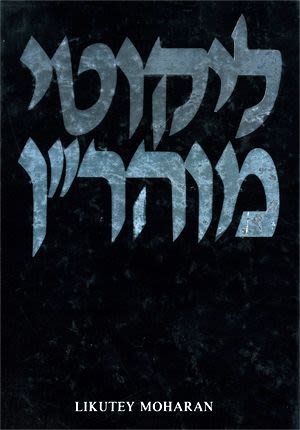

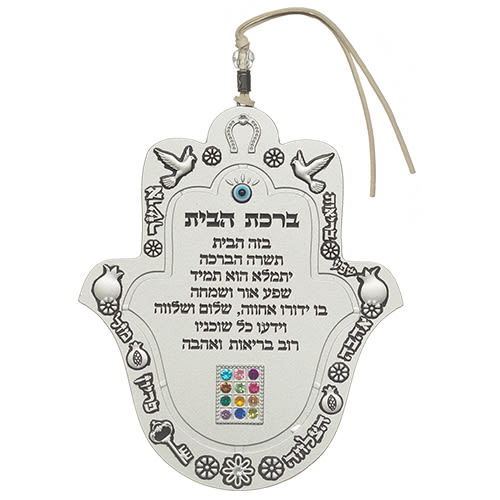

Tell us what you think!
Thank you for your comment!
It will be published after approval by the Editor.